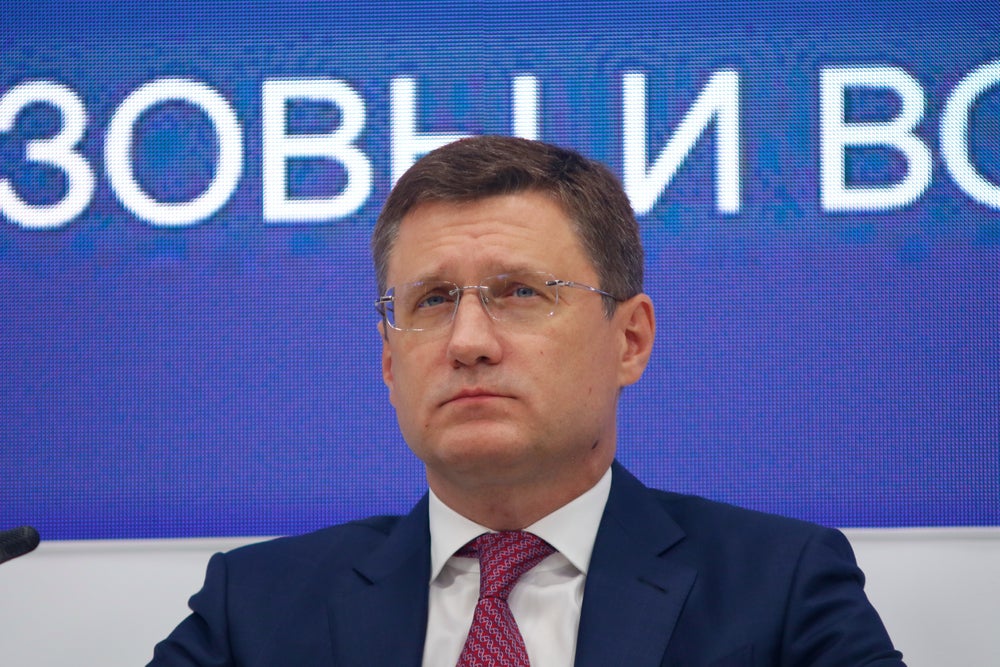
Analysis from the International Energy Agency (IEA) has found that Russia exported more oil in April than in any month since its invasion of Ukraine in February last year, with nearly 80% of crude oil shipments going to India and China.
The IEA’s Oil Market Report for May, published on Tuesday, found that Russian exports of crude oil rose in April to a post-invasion high of 8.3 million barrels per day (mb/d), exceeding the 7.7mb/d averaged last year, as well as the 7.5mb/d average seen in 2021.
However, despite an uptick in shipments, Russia’s monthly revenue from oil exports was down 27% compared with the same period last year. According to the IEA, this was partly because of lower global energy prices and because Russia continues to sell its oil at discounted prices triggered by G7 price caps.
The rise in shipments from this time last year reflects Moscow’s success in rerouting its crude supply to alternative countries after Western sanctions on Russian oil and oil products significantly hit the country’s income from energy sales. In 2022, the government saw a 46% decline in monthly tax revenue from its energy sector after EU bans on seaborne imports reduced Moscow’s crude sales to the bloc by 90%.
“No problems finding willing buyers”
In March, Russia’s Energy Minister Nikolai Shulginov claimed that all oil exports affected by Western sanctions had been successfully rerouted to “friendly” countries.
“We have managed to completely redirect the entire volume of exports affected by the embargo. There was no decrease in sales,” he said at an energy forum.
“Friendly” countries refer largely to India and China, both of which significantly increased their imports of Russian crude after Moscow heavily discounted its supply. “Russia seems to have few problems finding willing buyers for its crude and oil products,” the IEA said in its monthly report.
By redirecting its oil to alternative countries, Russia is managing to circumvent price caps. In April, Moscow’s oil export revenues were approximately $15bn (Rbs1.2trn), up from $13.3bn in March, according to the IEA. Chinese imports of Russian crude helped meet rising demand in the country, which hit an all-time high of 16mb/d.
Earlier this month, it was reported that rising oil revenue in Russia could lead to increased foreign currency purchases, despite Western sanctions. In January, Russia sold $47m worth of Chinese yuan to buy rubles. In April this year, the yuan replaced the US dollar as the most traded currency in Russia after the US cut off Russia’s central bank from the US dollar in February 2022.
The IEA increased its forecast for 2023 global oil demand growth to 2.2 mmb/d, adding that China would account for almost 60% of this. This rise in demand stems largely from an increase in transport usage after the Chinese Government lifted its “zero-Covid” policy.
At the end of March, imports of Russian crude oil to India had increased by 2,200%, according to Russian Deputy Prime Minister Alexander Novak. Throughout this year, India’s imports of Russian oil have continued to hit record highs every month. Simultaneously, India has increased its output of refined oil products to Europe, raising concerns over how much Russian oil is managing to make its way into the continent despite sanctions.
Last month, it was reported that India’s diesel exports to Europe rose 12–16% in the last fiscal year, reaching 150,000–167,000 barrels per day (bpd). European imports of jet fuel refined in India also saw a huge leap last year, increasing from 40,000–42,000bpd in 2021–22 to 70,000–75,000bpd in the fiscal year ending 2023.
On Tuesday, the EU’s high representative, Josep Borrell, called for a crackdown on the trade of Indian fuel.
“If diesel or gasoline is entering Europe… coming from India and being produced with Russian oil, that is certainly a circumvention of sanctions and member states have to take measures,” he said to the Financial Times.
The EU is currently discussing its 11th package of sanctions on Russia, which is expected to include tighter sanctions on Russian gas.



